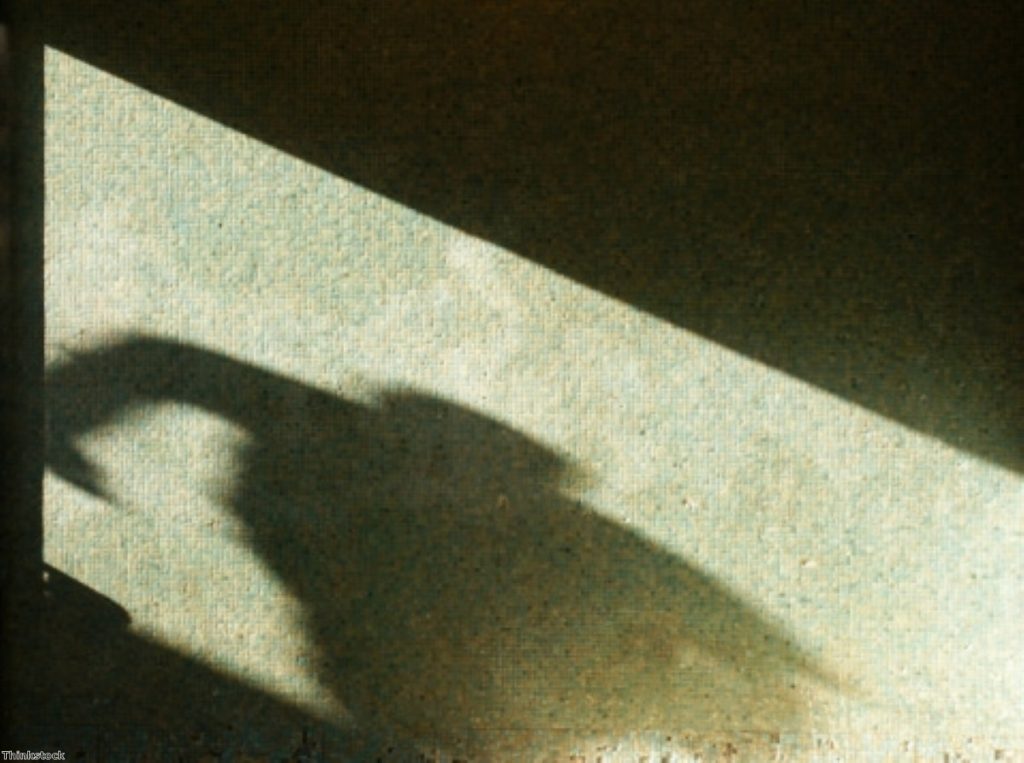Preventing another Savile: The next child abuse scandal is in our prisons
By Carolyne Willow
When Keith Vaz, chair of the home affairs committee, recently asked Justice Lowell Goddard if she is a member of the establishment, she gave an impish smile and said New Zealand does not "have such a thing".
Justice Goddard was before the committee for her pre-appointment hearing as chair of the independent inquiry into institutional child sexual abuse. The necessity of the New Zealander judge having no professional or personal ties to institutions and individuals under review has never, to my knowledge, been officially spelled out to children. So here's my attempt: children have been so horrendously let down by adults who were meant to look after them that the government has found someone from a different continent to make them the top priority.
When asked how long she expects her inquiry to last, Justice Goddard indicated it would take at least three years (though interim reports will be issued). Since there is no pause button which can be pressed whilst we await the inquiry's conclusions and recommendations, there is the obvious challenge of ensuring children are protected in institutions today. My research shows children consistently report sexual abuse inside prisons, child protection agencies are not fulfilling their legal obligations to them and government officials continue to obfuscate the truth.


Take, for example, the sexual abuse of female prisoners – children and adults – in Downview women's prison in Surrey, a scandal which received a small amount of media attention following the imprisonment of a governor in 2011. A freedom of information (FOI) request revealed four prison officers from that one institution were suspended, dismissed or convicted "as a result of a sexually inappropriate behaviour with women prisoners or a young offender" between 2009 and 2013. More than six months passed before even this grudging statement was provided – and only after the information commissioner instructed the National Offender Management Service (Noms) to release the data.
The request was for disaggregate information, to ascertain how many girls may have been sexually assaulted. Noms apparently "does not record the age of the complainant" in prison sexual abuse cases, so this was not given. My FOI request to the local authority revealed that "less than ten" girls in this prison made sexual abuse allegations against staff in the five years up to 2013 (only a handful of girls were held there at any one time). None of these allegations were subject to section 47 investigations, the part of the Children Act governing child protection investigations by local authorities. Council officials could not say whether any of the girls were seen by a social worker. In the landmark case brought by the Howard League for Penal Reform, in 2002, the High Court confirmed child prisoners are not excluded from this legislation, as the Home Office was then insisting.
As it happens, ministers and senior officials needn't have been afraid of child protection social workers. It would appear very few enter prisons today, more than a decade after the judge's ruling. Only six of 12 local authorities with child prisons in their area were able to give me data on the number of section 47 investigations they had undertaken in respect of abuse and neglect allegations from child prisoners in the five years to March 2013. One local authority said it investigated more than three-quarters of allegations whereas two failed to establish any official enquiries, and the remaining three responded to just three per cent, five per cent and nine per cent of children's reports of abuse.
A separate FOI made to the prisons inspectorate revealed children made 130 abuse allegations during 30 routine inspections of English prisons between July 2009 and March 2014. Twelve per cent concerned sexual abuse by staff and a further eight per cent related to sexual abuse by other children. In addition to this data, I have amassed a catalogue of cases of prison officers being jailed themselves for sexual offences against children. There is no sense from the information I have elicited that any of these cases have resulted in systematic inquiries independent of the prison service and central government. Parliamentary questions about sexual abuse by prison officers have been swatted away with the excuse that this data is not held centrally (so who has it then?).
The law permits ministers to intervene when local authorities are failing in their duties towards children, most recently evidenced after Louise Casey completed her inspection of Rotherham council. Ministers can parachute in managers and take control until they are satisfied children are properly protected. The self-reflection and contriteness demanded of council bosses is, in my experience, light years away from the tight-lips within Noms. Justice Goddard may well be the first non-establishment person with statutory powers to properly probe the child protection failings of government departments in charge of penal institutions. But let's not wait three years to face the fact that imprisoned children can never be safe.
The only true act of child protection would be to beckon them out, one-by-one, and close the gates behind them.
Carolyne Willow is author of Children behind bars. Why the abuse of child imprisonment must end, to be launched at Matrix Chambers in London later today. You can get tickets here.









